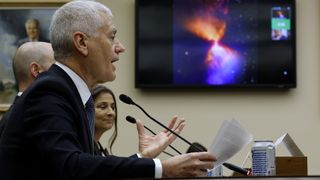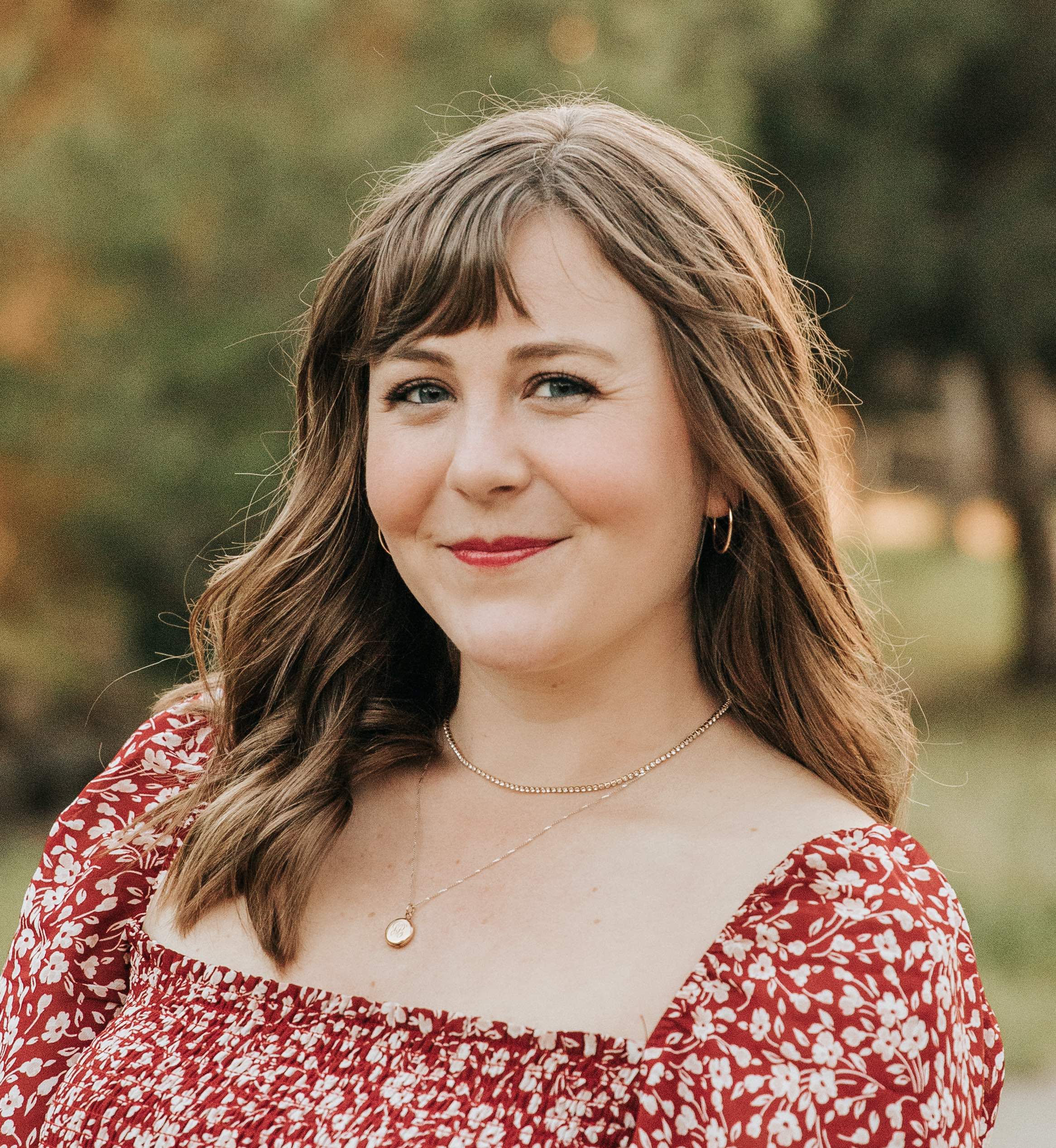James Webb Space Telescope's early science thrills US lawmakers in Congress
NASA's largest space telescope shone as a rare success amid political turmoil.

Everyone can appreciate the wonders of space exploration — even Congress.
On Wednesday (Nov. 16), the House Subcommittee on Space and Aeronautics held a hearing to review the exciting first science results from NASA's James Webb Space Telescope (JWST). During the hearing, representatives celebrated the exceptional success of this huge, government-sponsored project, a much-needed moment of levity and awe in the otherwise tumultuous state of American politics.
NASA's new telescope launched last Christmas, after decades of preparation and anticipation, and began collecting data in July. Astronomers working with JWST have since revealed a number of stunning images and new insights into the beginnings of our universe — and the telescope itself has consistently performed beyond expectations.
"One of the core obligations we have is oversight, and we quite often hear in government how things don't work," Rep. Donald Norcross, D-N.J., said during the hearing. "I just want to say thank you for exceeding our expectations."
Related: Why the James Webb Space Telescope's amazing 'Pillars of Creation' photo has astronomers buzzing
Three astronomers joined the hearing as expert witnesses to testify to JWST's high performance. NASA Astrophysics Division Director Mark Clampin highlighted the steady stream of jaw-dropping photos from the telescope, including new images of a fiery hourglass nebula surrounding a baby star, freshly released the morning of the hearing.
Astronomers Steve Finkelstein and Natalie Batalha also discussed some of the most compelling science questions JWST has the power to answer, from galaxies to exoplanets. Finkelstein described the many galaxies spotted in the very early universe — many more than were originally expected — including Maisie's Galaxy, named after Finkelstein's own daughter, and an ancient galaxy from only 250 million years after the Big Bang. He called JWST "so powerful that every field is a deep field," referencing famous Ultra Deep Field images captured by the Hubble Space Telescope. However, surprising results like these glimpses of the early universe require confirmation, and JWST is scheduled to follow up on these distant galaxies in the coming months.
Batalha moved the conversation to every sci-fi fan's favorite question: Are we alone? As an expert in astrobiology, she said she is most excited for the observations JWST will collect of exoplanets, which are planets around stars other than our sun. Unlike dedicated exoplanet-hunting missions like the retired Kepler Space Telescope or NASA's Transiting Exoplanet Survey Satellite (TESS), JWST is able to collect many different wavelengths of light, all separated from each other. This allows astronomers to finally study what exoplanet atmospheres are made of, and maybe even start searching for signs of life.
Get the Space.com Newsletter
Breaking space news, the latest updates on rocket launches, skywatching events and more!

Each representative asked numerous questions — and they were clearly having fun with it. One committee member asked Batalha about types of life that don't use water, and another poked into the ever-mysterious idea of black holes. The questioning was more reminiscent of a lively public science talk, with playful banter and genuine interest, than a typical political hearing.
"Thanks for keeping my curiosity of the world alive. That's why I enjoy so much this subcommittee," Norcross said.
The appreciation of JWST's incredible output goes far beyond this committee, though. "There's this iconic image of someone standing in Times Square and taking a picture of a JWST image as it comes up on the display," Clampin said. "We are heavily invested in every stage of STEM education," using an acronym that refers to science, technology, engineering and math.
When asked about how astronomers can increase public appreciation of new results in astronomy, particularly those from JWST, Batalha said, "The data, the images, the scientific discovery is so inherently alluring that it's very easy to talk about it with our youngsters. I've spoken to elementary school students, to Girl Scouts, and high school students and people in community colleges and the public, and everybody is just, you know, eyes like saucers. I think that with science you need to communicate the wonder of it."
The successful launch of NASA's first step back to the moon, Artemis 1, which happened in the middle of the night preceding this hearing, added to the air of celebration and confidence in NASA's abilities. And despite the numerous setbacks the $10 billion observatory faced prior to launch, the hearing solidified JWST's status as a worthy investment.
"I want to thank the panel and all your colleagues for your persistence and perseverance with this project," Rep. Ed Perlmutter, D-Colo, said. "And I want to thank this committee for its patience, because the scientific products that have come from this are just remarkable."
Others shared the sentiment. "Dr. Babin [R-Texas] and I would love to continue to talk about the infinite number of universes and the metaverse and dark energy and all that," concluded Chairman Don Beyer, D-Virginia. "I'd have to say that of the eight years that Dr. Babin and I have been on this committee, this is maybe tied with the gravitational waves hearing as the most fascinating that we've had."
The full subcommittee hearing is available for viewing on the House Science, Space and Technology Committee YouTube channel.
Follow us on Twitter @Spacedotcom and on Facebook, and the author at @briles_34 on Twitter.
Join our Space Forums to keep talking space on the latest missions, night sky and more! And if you have a news tip, correction or comment, let us know at: community@space.com.

Briley Lewis (she/her) is a freelance science writer and Ph.D. Candidate/NSF Fellow at the University of California, Los Angeles studying Astronomy & Astrophysics. Follow her on Twitter @briles_34 or visit her website www.briley-lewis.com.
